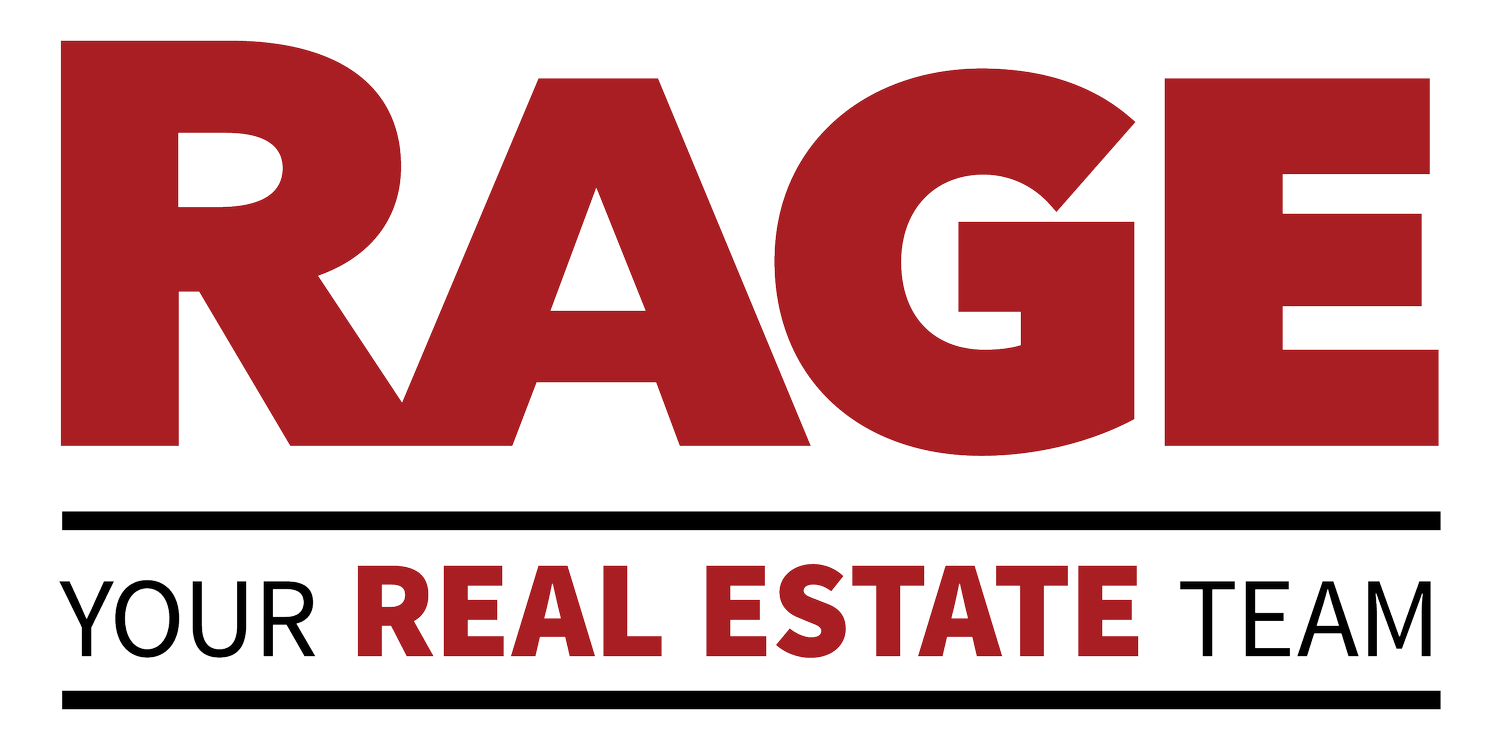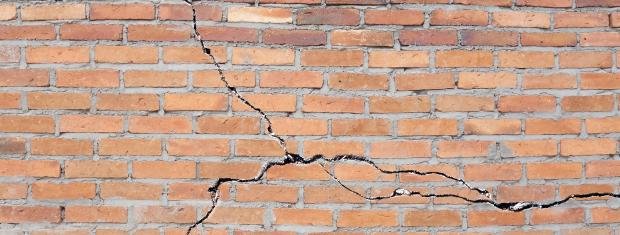Top Six EXPENSIVE Home Inspection Hazards
Did you know? No home is perfect. A few years ago we sold a $1.6M brand new luxury home in one of Denver’s most coveted neighborhoods. When the buyers did their inspection, they found out the home wasn’t in perfect condition. It was brand new and still needed the builder to fix a few things.
Whenever a home sells, the buyer has the right to do an inspection prior to closing to ensure any quirks or concerns are solvable at a reasonable price. Negotiating costly “red flags” like structural problems, a broken sewer line, or defective plumbing or electrical systems requires an experienced agent. Otherwise, the inspection red flags might kill the deal.
Here are the Top Six Home Inspection Hazards we commonly see.
Structural Damage
Structural damage to a home is most often the result of faulty construction, bad soil conditions, or poor drainage around the home’s foundation. When a home’s foundation shifts or load-bearing walls are moved without proper supervision, it can result in uneven floors, cracks in walls and ceilings, inability to open and close windows and doors, or in extreme situations, create unsafe living conditions.
2. Old Plumbing
Home distribution plumbing (the pipes running throughout your home) is generally one of four types - PEX, copper, galvanized steel, or polybutylene. PEX (easily identified as red and blue plastic tubing) and copper are standard for current construction. Galvanized steel was very common for years but has since been phased out. It can be difficult to repair when it corrodes (rusts from the inside out). Polybutylene (a gray plastic tubing) was only used for a short time as it was found to split open and leak, resulting in costly and extensive damage to homes. In most homes, both polybutylene and galvanized steel are being replaced with copper or PEX as renovation projects allow.
3. Broken Sewer Line
Every home has a sewer line, serving to discharge the home’s waste either to a main city line or to a septic tank. Occasionally, older sewer lines experience root intrusion that blocks the flow of waste, or they crack, break, sink, offset, clog, or corrode. These concerns are generally identified via a camera scope during a home inspection and necessary repairs must be negotiated between buyers and sellers. A sewer line repair commonly costs between $3,200 and $10,000.
4. Asbestos
According to the EPA’s website: Asbestos is a mineral fiber that occurs in rock and soil. Because of its fiber strength and heat resistance, asbestos was used (before 1980) in a variety of building construction materials for insulation and as a fire retardant. Common materials or uses include: attic and wall insulation, vinyl floor tiles and backing, roofing and siding shingles, textured paint and patching compounds used on walls and ceilings, walls and floors around wood-burning stoves protected with asbestos paper, millboard, or cement sheets, or hot water and steam pipes coated with asbestos material or covered with an asbestos blanket or tape. Most asbestos removal must follow a very specific and costly process by professional companies and can cost tens of thousands of dollars for larger projects.
5. A Damaged Roof
Colorado roofs regularly suffer under the elements of heat, wind, and hail. Consequently, it’s not uncommon to find roofs showing signs of accelerated wear and tear or storm related damage from hail. It’s important to get an accurate assessment of a roof’s condition during the buying and selling contract phase so that an insurance claim can be filed if possible. Paying an insurance deductible can results in thousands of dollars of savings for a buyer, compared to having to pay for the job out of pocket.
6. Unsafe Electrical Wiring
Unsafe electrical systems and conditions are no joke. Exposed or loose wires can lead to dangerous personal electrocution or, worse yet, a house fire that risks the lives of the people who live in the home. Understanding what to look for in bad electrical panels, poorly wired outlets, or improper wiring systems and materials can be a potentially life-saving part of a home inspection.
At RAGE, we provided recommendations for top-rated, licensed and insured home inspection professionals for every home buyer as part of their contract process. It’s not just money for costly repairs on the line, but potentially our clients’ healthy and safety as well.
—
We hope this content serves you well as you seek to be savvy homeowners and make wise financial decisions for your future. If you'd like to chat further or are considering moving in the coming months or year, let's get a meeting scheduled today!
Josh & The RAGE Team
or subscribe to receive regular real estate articles and helpful updates like this
This material has been prepared for informational purposes only, and is not intended to provide, and should not be relied on for tax, legal, or accounting advice. You should consult your own tax, legal and accounting advisors before engaging in any transaction.






